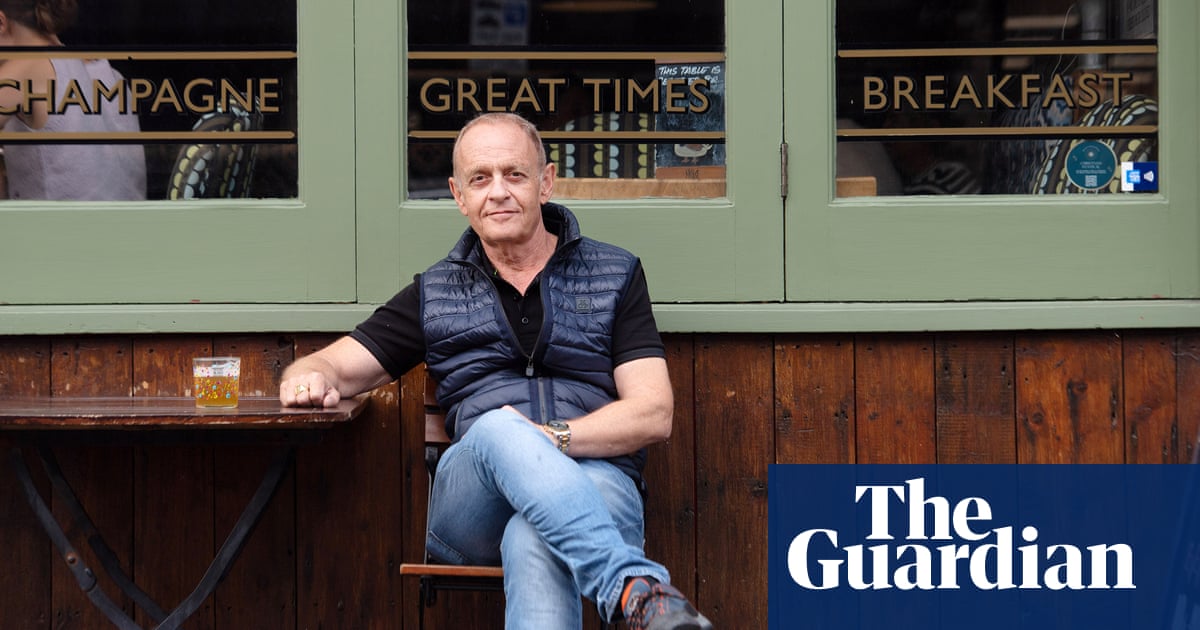
US surgeons have announced the world’s first whole-eye transplant after a boundary-pushing 21-hour surgery. While the 46-year-old patient, Aaron James, cannot yet – and may never – see through his new eye, the organ is showing signs of health and even this partial success takes transplantation into entirely new territory.
It marks the latest in a series of extraordinary advances in the field. Last year, the first genetically modified pig heart transplant was performed, with a second patient treated. Modified pig kidneys have been observed to function successfully in a human body. Womb transplants have become more widely available, with the first UK procedure announced in August, as have hand and arm transplants and intestine transplants. And scientists have developed new techniques to recondition donated organs that previously would have been discarded.
“We’re in quite an exciting period,” said Dr Liza Johannesson, the medical director of the uterus transplant team at Baylor University Medical Center in Dallas, Texas, and a member of the team that performed the world’s first successful procedure in Sweden.
The eye transplant required almost unfathomably complex surgery, given the organ’s microvasculature and the fact that it is intricately connected to the brain through the optic nerve, which is part of the central nervous system. However, Johannesson said that advances in surgical skills have not been the main driver of progress. “The microsurgical skills have already been perfected over decades for hand surgery,” she said. “People work with really small nerves and vessels and often these surgeons work under microscopes to see those tissues.”
By contrast, medical science is making significant progress on the triggers for immune rejection, how to monitor patients for early signs of this and on the drugs used to keep the biological response against the donated organ in check.
In the case of the pig organs, this involved genetically modifying the hearts and kidneys to remove pig genes that trigger the hyper-fast rejection and add human genes to help the body accept the organ. In both heart cases, the organs were not initially rejected.
Scientists are also refining the types of immunosuppressant treatments used, with the aim of dampening the immune response to the donor organ while interfering as little as possible with other immune activity.
“We are beginning to see real movement in terms of understanding how to modulate the immune response,” said Peter Friend, a professor of transplantation at the University of Oxford and vice-president of the Royal College of Surgeons.
Given the significant side-effects of immunosuppressant drugs, this could lower the bar for the types of transplants that would be medically justified. “For the non-life-saving transplants you’ve got to balance the risks of the drugs, which can be toxic to the kidneys and carry a higher risk of cancer and viral infection,” said Friend. “For indications where there is a choice you have to balance one against the other.”
There would be little justification for a leg transplant because prosthetics are normally very effective at restoring function, but it is more challenging to restore the function of a lost hand or arm and the NHS now has a dedicated transplant programme.
Truly pioneering procedures often pose such ethical dilemmas. Both recipients of the genetically modified pigs hearts have since died, with uncertainty over whether the deaths were linked to the experimental procedures. However, in both these cases, patients had terminal illness before the surgery and would not have been candidates for conventional heart transplants – their families were prepared for the possibility that the procedures might not be successful.
“You might not expect that the first case will have all of the benefits that you’ll have later on,” said Johannesson. “You’ll have failures and results that are suboptimal. But these cases are really important to develop the skills and knowledge.”
According to Johannesson, there has been a culture of caution and rigorous ethical safeguarding after the scandal involving the Italian surgeon Paolo Macchiarini, who was initially hailed as a pioneer after carrying out a series of synthetic windpipe transplants. Seven of the eight patients died and he was later convicted of causing bodily harm and his scientific papers were shown to be fraudulent.
“The whole field had a huge bump,” said Johannesson. “We have ethical permissions for a reason, but we also believe that people want to do the right thing. It definitely set us back a bit, but we have to go on and we have to find new ways because that’s how we find new treatments.”












